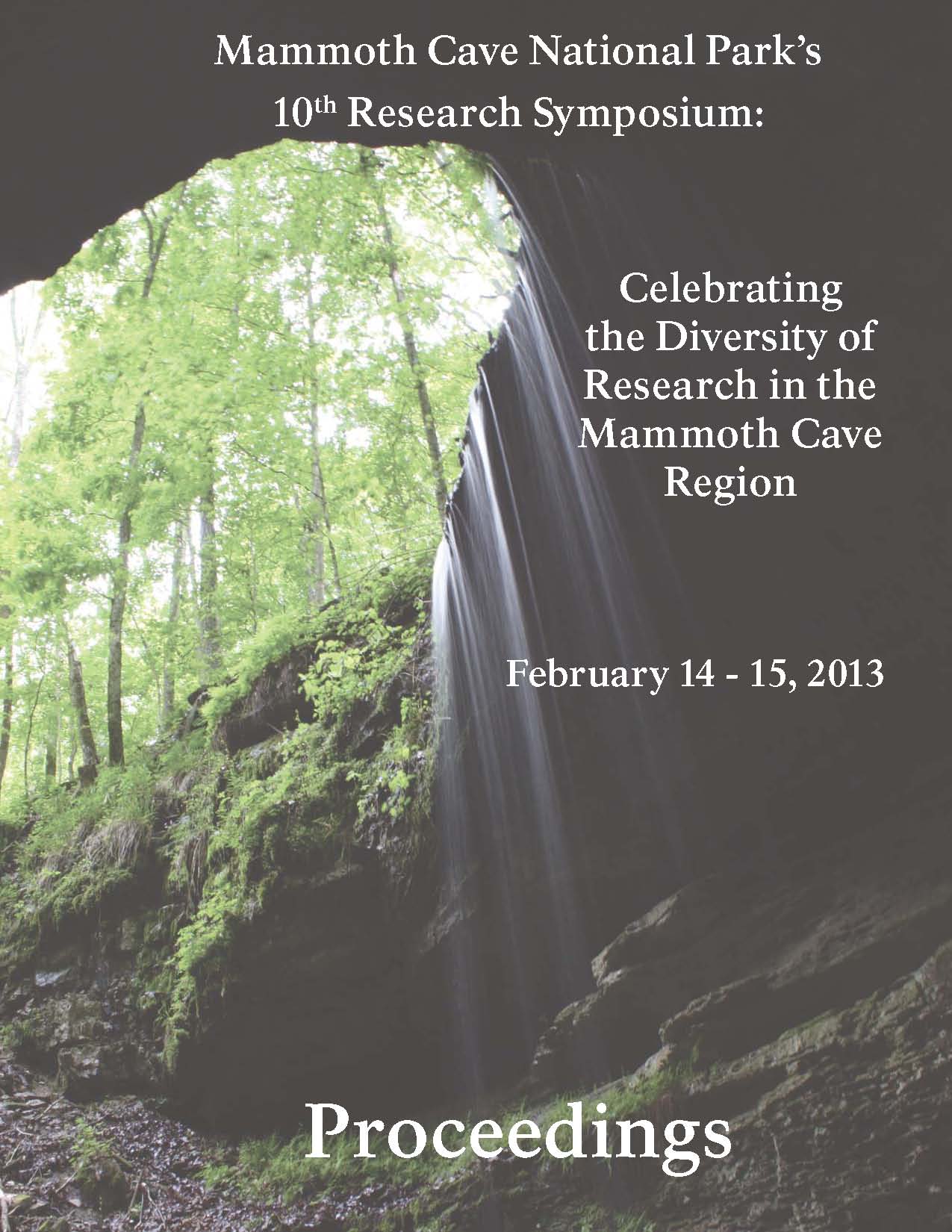Start Date
14-2-2013 2:50 PM
Description
Mercury (Hg) from atmospheric deposition from coal-burning power plants and other anthropogenic sources was analyzed in Rafinesque’s big-eared bats from Mammoth Cave National Park. The mercury from water progressively moves up the food chain through insects, and eventually into bats. In 2011, 58 bats were collected and hair samples were taken for an analysis. The AMA254 Mercury Analyzer was used to determine the mercury concentration from the bat hair in parts per million. A considerable amount of mercury was discovered in the bats analyzed. The mercury concentration of juvenile Rafinesque’s bigeared bats averaged between 0.5-1.0 ppm. Mercury levels in adult Rafinesque’s big-eared bats averaged between 1.0-2.0 ppm, with female bats overall containing the highest amount of mercury. Notably, the mass and forearm length of Rafinesque’s big-eared bats do not appear to affect the amount of mercury the bats contain.
Recommended Citation
van der Heiden, Lara and Webb, Cathleen J., "Mercury Analysis in Rafi nesque Big Eared Bat Populations" (2013). Mammoth Cave Research Symposia. 14.
https://digitalcommons.wku.edu/mc_reserch_symp/10th_Research_Symposium_2013/Research_Posters/14
Included in
Animal Sciences Commons, Forest Sciences Commons, Geology Commons, Hydrology Commons, Other Earth Sciences Commons, Plant Sciences Commons
Mercury Analysis in Rafi nesque Big Eared Bat Populations
Mercury (Hg) from atmospheric deposition from coal-burning power plants and other anthropogenic sources was analyzed in Rafinesque’s big-eared bats from Mammoth Cave National Park. The mercury from water progressively moves up the food chain through insects, and eventually into bats. In 2011, 58 bats were collected and hair samples were taken for an analysis. The AMA254 Mercury Analyzer was used to determine the mercury concentration from the bat hair in parts per million. A considerable amount of mercury was discovered in the bats analyzed. The mercury concentration of juvenile Rafinesque’s bigeared bats averaged between 0.5-1.0 ppm. Mercury levels in adult Rafinesque’s big-eared bats averaged between 1.0-2.0 ppm, with female bats overall containing the highest amount of mercury. Notably, the mass and forearm length of Rafinesque’s big-eared bats do not appear to affect the amount of mercury the bats contain.


Comments
Abstract only